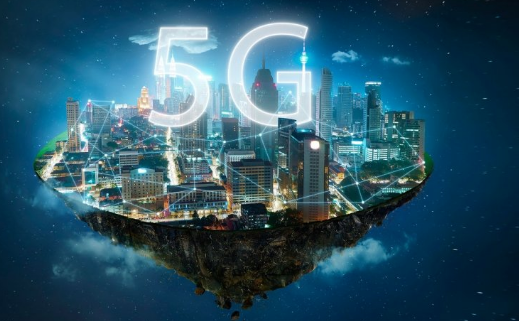The Future of 6G: What Comes After 5G?

The transition from 5G to 6G technology marks a significant evolution in connectivity. Enhanced data transfer rates and increased bandwidth will enable innovative applications, such as autonomous vehicles and smart cities. However, the path to 6G is fraught with challenges, including regulatory issues and infrastructure demands. Understanding these complexities is crucial for grasping the broader implications of 6G on society and industry. What changes await in this new digital landscape?
The Key Features of 6G Technology
As the development of 6G technology progresses, it is essential to examine its key features, which promise to redefine connectivity and enhance user experiences significantly.
Central to this advancement are advanced connectivity capabilities and enhanced bandwidth, enabling unprecedented data transfer rates and seamless integration of diverse applications.
Such innovations will empower users with greater freedom and flexibility in their digital interactions, fostering a more interconnected world.
Potential Applications and Innovations
While 6G technology is still in its nascent stages, its potential applications and innovations are already sparking considerable interest across various sectors.
Autonomous vehicles are expected to leverage ultra-low latency for real-time navigation, while smart cities will utilize enhanced connectivity to optimize infrastructure and energy use.
These advancements promise to redefine urban living, fostering environments that prioritize efficiency, sustainability, and individual freedom.
Challenges and Considerations for Implementation
The implementation of 6G technology presents a myriad of challenges and considerations that must be addressed to ensure its successful integration into existing infrastructures.
Key obstacles include regulatory hurdles that could impede progress and substantial infrastructure requirements, necessitating significant investment in new technologies.
Addressing these challenges is crucial for realizing the full potential of 6G and fostering a more connected, liberated society.
Read also: How to Improve My Gaming Lcftechmods: Improving Your Gaming Performance With Lcftechmods
The Impact of 6G on Society and Industry
Although the full realization of 6G technology is still on the horizon, its potential impact on society and industry is already becoming a focal point of discussion among stakeholders.
This next-generation network promises to enhance social equity by broadening access to digital resources, while simultaneously driving economic growth through innovations in various sectors.
The transformative capabilities of 6G could redefine connectivity paradigms globally.
Conclusion
In conclusion, 6G technology represents a significant leap forward, promising enhanced connectivity and transformative applications. For instance, the hypothetical deployment of 6G in smart cities could enable real-time traffic management, reducing congestion and emissions. However, the journey towards 6G is fraught with challenges, including the need for substantial infrastructure investment and regulatory frameworks. Addressing these concerns will be crucial to unlocking the full potential of 6G, thereby fostering a more connected, efficient, and equitable global society.

